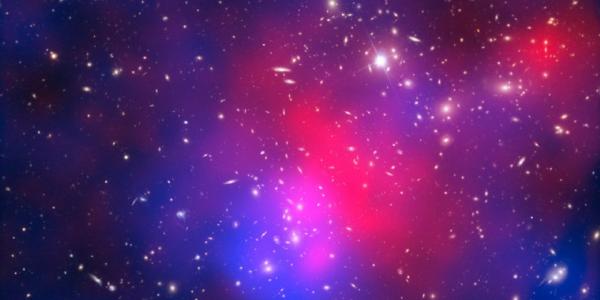Physics Theory Seminar with Francesca Bonaiti on First-Principles Studies of Nuclear Electromagnetic Observables Relevant for Astrophysics
Nuclear electromagnetic observables, such as electric dipole polarizabilities, provide a key link between nuclear structure and astrophysics. In fact, they strongly correlate with parameters determining the nuclear matter equation of state, while offering insight at the same time on the collective excitations of the nucleus at low energy.
Computing these observables is challenging, as they require a precise treatment of both bound and continuum excited states of the nucleus. Thanks to advances in many-body theory and high-performance computing, we can now investigate these quantities from first principles in heavier nuclei and with increasing precision, allowing for reliable uncertainty estimates.
In this talk, I will present recent ab initio calculations of the electric dipole polarizability, focusing on nuclei at closed shells and in their vicinity, and I will discuss how artificial neural networks can be leveraged to estimate this observable across the nuclear chart and extract key information about nuclear matter. I will also introduce new developments enabling the description of electromagnetic responses in a time-dependent framework.
This lecture was made possible by the William C. Ferguson Fund.

